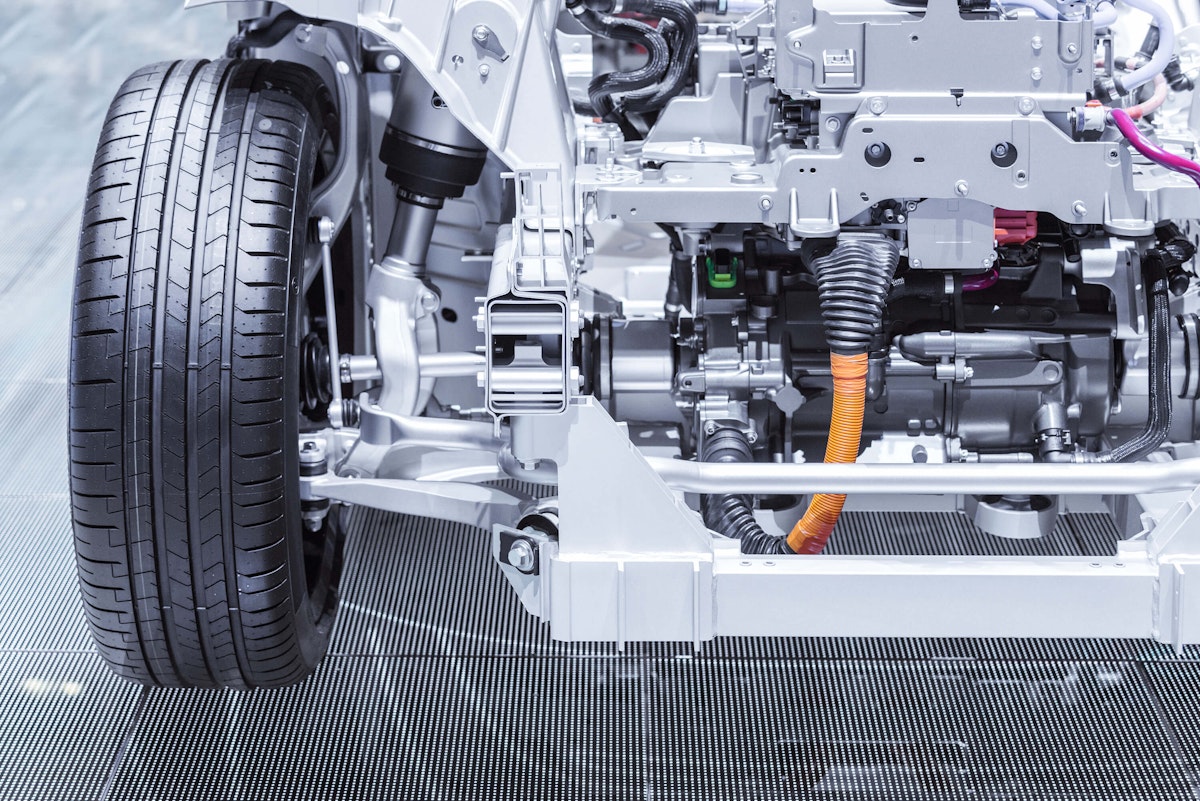Table of contents
Browse categories
Browse authors
 AB
ABAlberto Boffi
 AL
ALAlessia Longo
 AH
AHAl Hoge
 AB
ABAljaž Blažun
 BJ
BJBernard Jerman
 BČ
BČBojan Čontala
 CF
CFCarsten Frederiksen
 CS
CSCarsten Stjernfelt
 DC
DCDaniel Colmenares
 DF
DFDino Florjančič
 EB
EBEmanuele Burgognoni
 EK
EKEva Kalšek
 FB
FBFranck Beranger
 GR
GRGabriele Ribichini
Glacier Chen
 GS
GSGrant Maloy Smith
 HB
HBHelmut Behmüller
 IB
IBIza Burnik
 JO
JOJaka Ogorevc
 JR
JRJake Rosenthal
 JS
JSJernej Sirk
 JM
JMJohn Miller
 KM
KMKarla Yera Morales
 KD
KDKayla Day
 KS
KSKonrad Schweiger
Leslie Wang
 LS
LSLoïc Siret
 LJ
LJLuka Jerman
 MB
MBMarco Behmer
 MR
MRMarco Ribichini
 ML
MLMatic Lebar
 MS
MSMatjaž Strniša
 ME
MEMatthew Engquist
 ME
MEMichael Elmerick
 NP
NPNicolas Phan
 OM
OMOwen Maginity
 PF
PFPatrick Fu
 PR
PRPrimož Rome
 RM
RMRok Mesar
 RS
RSRupert Schwarz
 SA
SASamuele Ardizio
 SK
SKSimon Kodrič
 SG
SGSøren Linnet Gjelstrup
 TH
THThorsten Hartleb
 TV
TVTirin Varghese
 UK
UKUrban Kuhar
Valentino Pagliara
 VS
VSVid Selič
 WK
WKWill Kooiker
A New Tool for Maximizing Hybrid and Electric Motor Efficiency

August 27, 2025
As the push towards sustainable and efficient technology intensifies, understanding the nuances of electric motor efficiency becomes crucial. Dewesoft’s Motor Analysis software module stands at the forefront, enabling engineers to visualize a motor’s electrical power and mechanical power and properties cohesively. This integrated approach, when combined with the DewesoftX power module, revolutionizes how electrical power parameters are calculated and utilized.
In this article, you will:
Understand how to calculate electric motor efficiency
See how efficiency analysis is performed
Learn about the key elements of testing electromotors

The Motor Analysis and DewesoftX Power modules combine electrical data with mechanical torque and rotation measurements. This integration is seamless, a stark contrast to using separate power analyzers and DAQ instruments, which often result in unsynchronized and disjointed data. Dewesoft's solution offers synchronized and integrated data, paving the way for a comprehensive understanding of motor efficiencies and losses through customizable 2D/3D efficiency mapping.
The importance of electric motor analysis
Electric motor analysis is indispensable in today's world, especially for hybrid vehicles and electric cars. The Motor Analysis module transforms time domain components of three-phase power to orthogonal stationary frames (αβ) using Clarke and Park transforms. These transformations convert AC voltage and current to DC, simplifying efficiency calculations and offering a clearer phase evaluation and mechanical rotation inspection.
Clarke transformation converts the time domain ABC frame to a dual-component αβ stationary frame, while Park transformation converts the αβ frame to the dq reference frame. This combination is vital for analyzing electric motor efficiency, particularly in applications involving regenerative braking and optimizing fuel economy.
Used together, they simplify efficiency calculations by effectively converting AC voltage and current to DC. They are also a better way to evaluate the phase (Clarke) and inspect the voltage and current concerning the mechanical rotation (Park).
Streamlined system setup
The Motor Analysis module boasts a fast and intuitive setup. Engineers select the desired measurements and outputs, and the software takes care of the rest. The system’s user-friendly interface ensures that all data is visible during measurements and can be replayed afterward. Chart recorder graphs can be zoomed in/out via cursors, allowing engineers to view data at any resolution on both the time and amplitude axes. This functionality is crucial for in-depth analysis, making Dewesoft’s solution ideal for improving efficiency in hybrid vehicles and electric cars.
The basic settings of Clarke/Park transforms are shown on a static motor operation point. The efficiency of the frequency converter is calculated based on the motor and battery power. A resolver sensor is used to determine the mechanical angle and speed.
The system setup inside the motor efficiency module is fast and easy. Engineers simply select the boxes for the desired measurements and outputs, and the software does the rest.
All data are visible during measurement and can also be replayed afterward. Chart recorder graphs can be zoomed in/out via cursors to view the data at any resolution on both the time and amplitude axes. All graphical widget types are freely configurable before, during, and after the measurement.
Advanced signal conditioning for precise measurements
Accurate signal conditioning is critical in electric motor efficiency formula testing. Dewesoft provides high bandwidth, accurate, and isolated signal conditioning options. These include amplifiers for high voltage and current signals and compatibility with a wide range of sensors, such as strain gages, accelerometers, thermocouples, and RTD temperature sensors. This flexibility is essential for applications like data acquisition (DAQ) in various industries.
The system’s compatibility extends to all major types of counters, encoders, RPM sensors, torque sensors, and more. It can use every current sensor, from AC/DC clamps to fluxgate sensors, ensuring comprehensive data collection. Additionally, the ability to connect other sensors and interfaces, such as CAN BUS, CAN FD, IMU, and GNSS data, as well as high and low-speed video cameras, enhances the system’s versatility.
Combining electrical power and mechanical motor analysis
Combining electrical power and mechanical motor analysis offers numerous advantages. By understanding a motor's efficiency map, operators can ensure optimal performance and longevity. This integration allows for observing motor operation across all four quadrants, quantifying performance in motoring and generating modes, and in both forward and reverse directions. This capability is crucial for applications seeking higher efficiency, such as hybrid vehicles and electric cars.
Analyzing parameters like torque ripple can reveal potential mechanical issues, enabling timely maintenance and preventing breakdowns. Early detection of anomalies enhances safety and prevents hazardous operating conditions. Detailed performance analysis helps engineers tailor control algorithms for better operation and benchmark performance across different motor designs to select the best fit for their applications.
Key capabilities of the motor analysis system
The Motor Analysis system is equipped with several key capabilities that enhance its functionality:
Clarke and Park transformations: These mathematical transformations simplify the efficiency calculations by converting AC voltage and current to DC. This is essential for evaluating the motor's real-time power output, calculated from mechanical sensors at the shaft.
Compatibility with any counter/tach/encoder sensor: The integrated counter math module allows monitoring of the motor's performance across different operating conditions, identifying regions of maximum efficiency.
Handling every kind of signal and sensor: The system can handle high voltage and current inputs, as well as amplifiers for strain, pressure, torque, temperature, displacement, and more.
Digital inputs and bus data: It supports analog sources, digital outputs, and bus data from various interfaces, ensuring synchronized data collection.
Efficiency mapping: Engineers can visualize a motor's performance across different operating conditions, identifying optimal points for energy savings and prolonged lifespan.
Multiple-phase analysis: The system can analyze motors in single-phase, two-phase, three-phase, and more, ensuring comprehensive assessment and harmonious operation.
High sample rate: Capturing data at rapid intervals ensures high-resolution insights into motor behavior, aiding in the detection of transient events and anomalies.
Inverter testing: Evaluating the performance and efficiency of inverters ensures a clean and stable power supply while optimizing the electric motor efficiency curve.
Powerful report generation: DewesoftX software allows for the creation of highly graphical reports immediately after recording, facilitating easy data interpretation.
Ideal DAQ hardware for motor efficiency testing
For the highest bandwidth, Dewesoft’s SIRIUS XHS DAQ instrument is ideal. This small, rugged module provides 16-bit SAR ADCs sampling at up to 15 MS/s per channel. For applications requiring high dynamic range, it can be configured as a 24-bit ADC with 24-bit delta-sigma performance at up to 2 MS/s per channel. The SIRIUS XHS module connects via USB 3.0 to any Windows computer running the software, making it a versatile tool for various testing scenarios.
For less demanding applications, the SIRIUS DualCore® instruments offer 200 kS/s sampling, 24-bit resolution, and over 150 dB dynamic range. These instruments are suitable for industrial and consumer electronics applications, providing reliable and accurate data acquisition.
Learn more about SIRIUS XHS:

For less demanding applications in industrial and consumer electronics applications, SIRIUS DualCore® instruments can be used, with 200 kS/s sampling, 24-bit resolution, and >150 dB dynamic range.
Learn more about SIRIUS DualCore:

Testing internal combustion engines
Despite today’s focus on electric motors, we must remember that hybrid vehicles also contain an internal combustion engine. The combustion analyzer plugin for DewesoftX software tests gasoline, ethanol, diesel, hydrogen, and other engine types. This system is used for R&D, engine optimization, and testing of ignition systems, exhaust systems, and valve control gear.
The same SIRIUS data acquisition (DAQ) hardware can be used to connect to pressure and other sensors on the engine. Each SIRIUS module provides eight analog inputs for all major sensors: charge, IEPE, voltage, strain, torque, temperature, and more. In addition, any standard RPM sensor, such as in-car (e.g., 60-2 geartooth), encoder, CDM+Trg, etc. A fully synchronized CAN or CAN FD port is available for direct and synchronized high-speed CAN data acquisition. DewesoftX software offers additional support for OBDII, J1939, and CAN DBC files for easy channel configuration.
Dewesoft combustion analyzers send analysis results to testbeds via the AK protocol or to ETAS INCA and similar systems via CAN.
Applications beyond motor efficiency testing
Advanced motor analysis extends beyond electric motor efficiency testing. It is crucial in numerous fields, including industrial machinery, aerospace, marine, research, and appliances. Optimizing efficiency is a common goal across these applications. Here are some additional uses:
Determining ideal operational parameters: Establishing optimal conditions for motor operation to enhance performance and efficiency.
Testing motor performance over time: Monitoring and analyzing long-term performance to identify trends and potential issues.
Fault detection and prediction: Early identification of faults to prevent failures and minimize downtime.
Electrical and mechanical alignment: Ensuring that electrical and mechanical components work harmoniously.
Inverter setup and fine-tuning: Optimizing inverter settings to enhance motor performance and efficiency.
Torque ripple analysis: Detecting and addressing torque ripple to prevent mechanical issues and improve operation.
Improving control algorithms: Tailoring algorithms to optimize motor control and efficiency.
Four-quadrant operation visualization: Analyzing motor performance in all operating modes for comprehensive assessment.
Setup and optimization of inverter control: Fine-tuning inverters to maximize efficiency and performance.
Conclusion
The rapid advancements in electric and hybrid vehicle technology necessitate faster and more accurate motor analysis. Dewesoft’s Motor Analysis software, combined with the DewesoftX Power module, provides an ideal solution for engineers seeking to optimize motor performance and efficiency.
This integrated approach ensures comprehensive data collection and analysis, enhancing the development and refinement of electric motors and power electronics.
Whether in hybrid vehicles, industrial machinery, or consumer electronics, the ability to measure and improve efficiency is paramount. Dewesoft’s tools enable engineers to achieve higher efficiency, reduce fuel consumption, and minimize the carbon footprint of their applications. With features like efficiency and loss mapping, regenerative braking analysis, and detailed reporting capabilities, Dewesoft ensures that engineers have the tools they need to drive innovation and sustainability in motor efficiency testing.